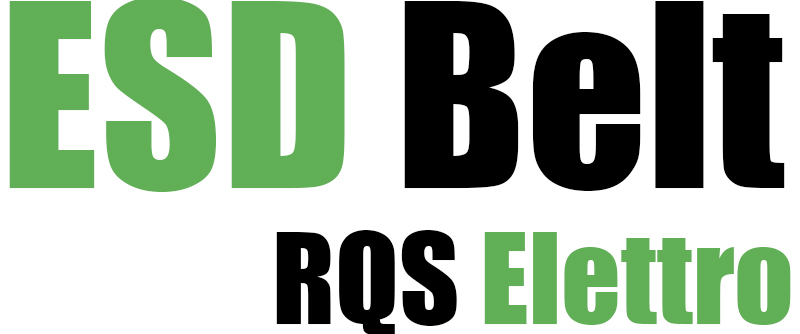Belt conveyor line speed
The speed of a belt conveyor line is usually between 0.1 and 10 meters per minute, depending on various factors including material characteristics, conveying distance, conveying volume, etc. When choosing the speed of a belt conveyor line, the following factors need to be considered:Material characteristics: For example, for materials with high dust content or easy rolling, a lower belt speed should be selected to avoid dust lifting or material scattering. For fine or small pieces of material, a higher belt speed is allowed, but generally not exceeding 3.15 meters per second.Conveying distance and length: A longer horizontal belt conveyor line should choose a higher belt speed, while the larger the inclination angle of the belt conveyor line or the shorter the conveying distance, the lower the belt speed should be.Bandwidth: The wider the bandwidth, the higher the upper limit of the belt speed of the conveyor belt. For example, the maximum bandwidth speed for a 500mm bandwidth is 2.5 meters per second, while the maximum bandwidth speed for a 1400mm bandwidth is 4 meters per second.Specific equipment: When using unloading trucks or plow type unloaders, the belt conveyor line has a specific upper limit on belt speed, such as not exceeding 2.5 meters/second or 2.0 meters/second.In addition, the belt line speed can be determined by calculating the circumference and speed of the driving or passive drum. Choosing the appropriate conveying speed can ensure the smooth progress of the production process and improve production efficiency.










